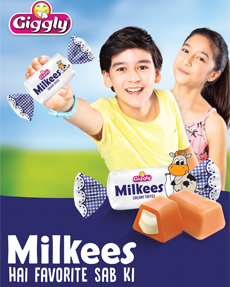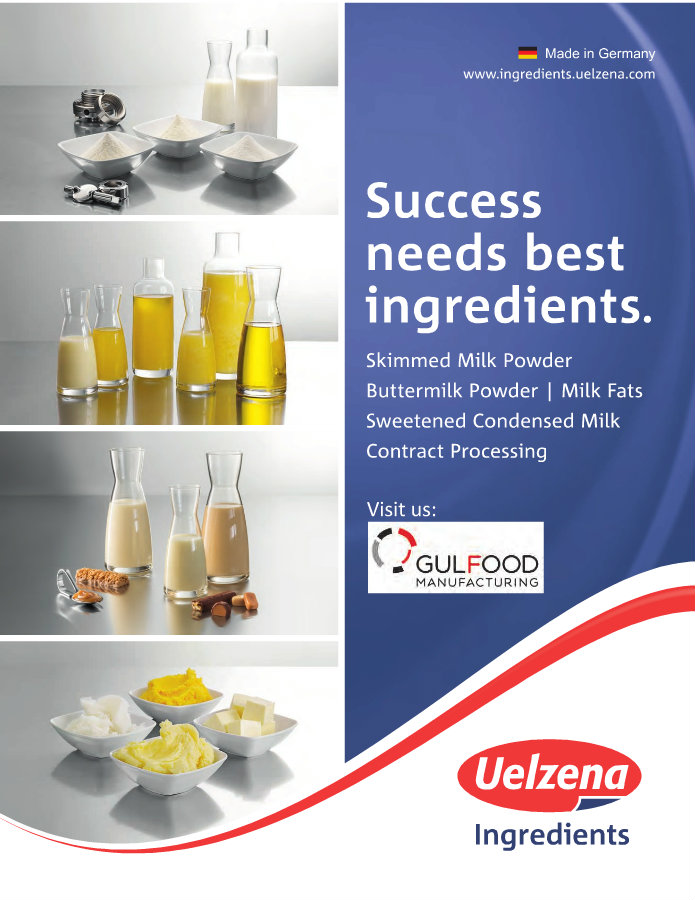This food label platform takes complex food data and turns it into easy-to-understand and actionable information that fits our own health goals.
Our modern food system, with all of its myriad permutations of basic ingredients and a staggering amount of additives, can lead to some major confusion for consumers, even for those who are avid label readers. And because each of us has our own set of health goals and/or dietary restrictions, there is no one-size-fits-all solution, and navigating the wild world of food labels can be rather exasperating. But a new entry to the food transparency scene aims to empower us to make the best choices possible, by making complex food data simple, accessible, and personalized.
The Sage Project, which states that one of its goals is "to provide honest, accurate information in an easy-to-understand way," is the next generation food labeling platform that makes the basic food label that we're used to seeing on every grocery package seem like child's play.
It combines interactive visualizations, a robust search and filtering function (to drill down into the information you most want to know), nutrition information, exercise equivalents (how much activity is needed to "burn off" one serving of each product), the location of the origin of the product, and additive and ingredient information, as well as data on other attributes of each product (fiber-friendly, recyclable packaging, potential allergens, nutrient density, etc.).

© The Sage Project
The platform, which currently lists some 20,000 foods and food products, is primarily geared toward the natural and organic scene, so you may not find data on your favorite convenience store junk foods, but then again, we all probably know those items are unhealthy choices already, so it's not a weak point of the Sage Project, in my opinion.
What makes this project so compelling is the ability to personalize it and to filter the products, so users can search for items that have no added sugars, or that are a good source of iron, or that contain probiotics, for example (there are a great number of filters available, including for social issues like Fair Trade and renewable energy).
Users who create an account at the Sage Project can set up their eating/health preferences in their profile (such as Heart Health, Athlete, Environmentalist, Family Shopper, etc.), along with their dietary choices (dairy-free, paleo, sugar-free, vegan, etc.), allergies, and other food characteristics that matter to them. The user also enters their sex, height, weight, age, and activity level, which when combined with the other preferences helps the platform deliver personalized data on each product for each user. This aspect of the Sage Project takes it from being yet another food information site to a highly customizable personal food label guide, and allows it to offer actionable info on which products to avoid and which would be a good fit for each user's specific needs.
News Referance: TreeHugger





